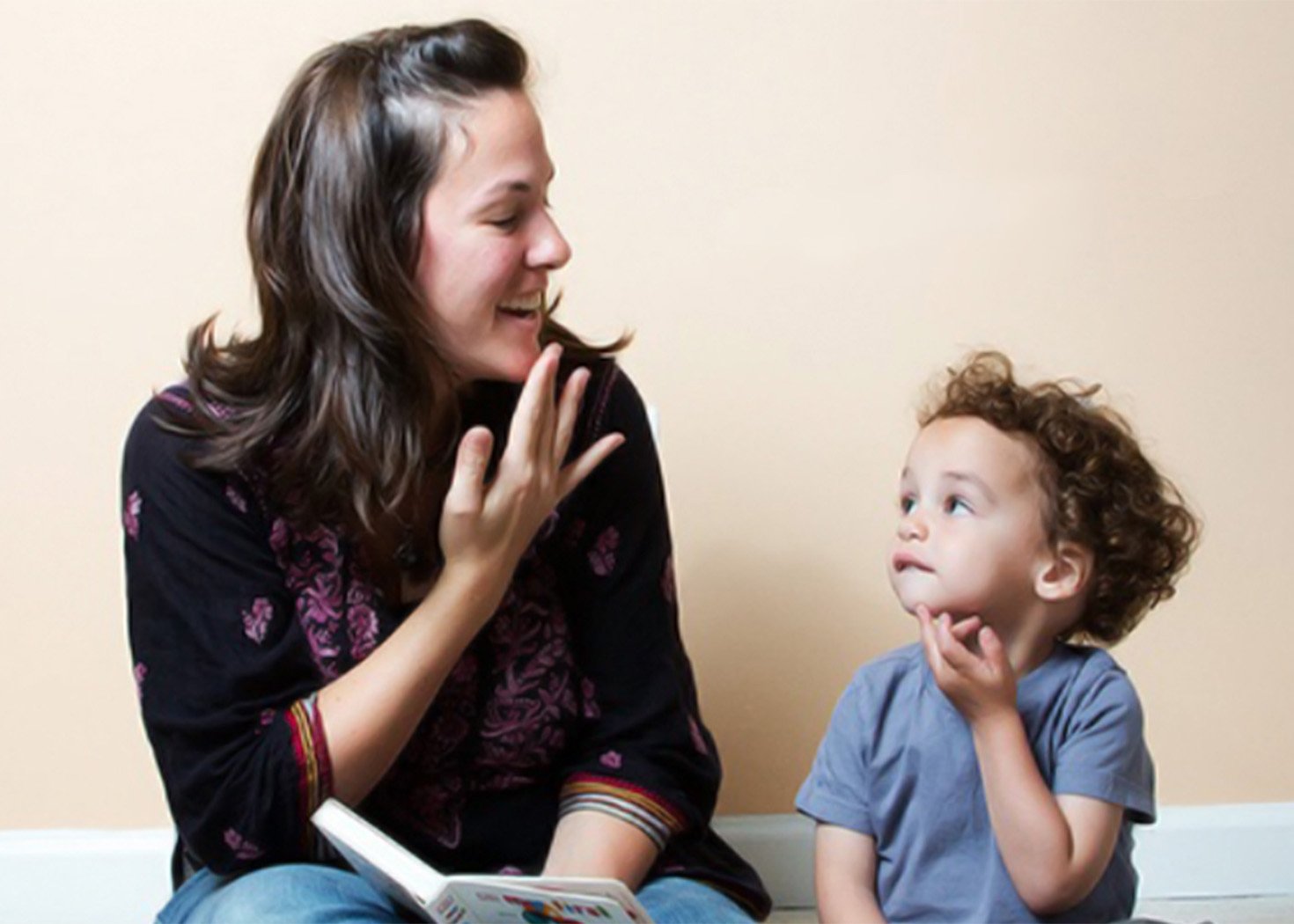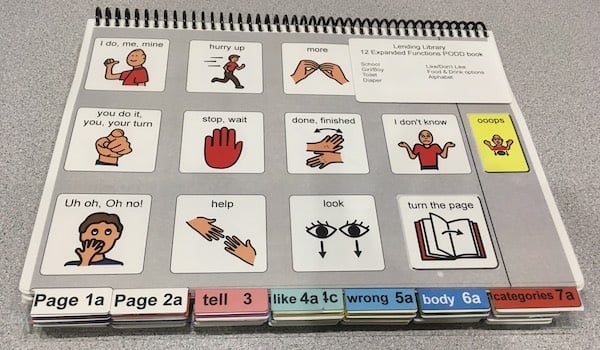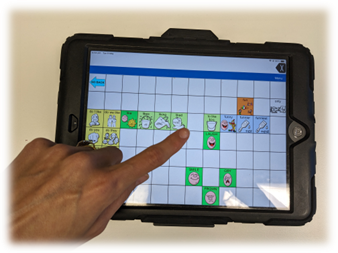 What is Augmentative and Alternative Communication (AAC)?
What is Augmentative and Alternative Communication (AAC)?
AAC stands for Augmentative Alternative Communication and describes ways, other than using verbal language, that people communicate. We work with many children who show their voice in different ways such as using gestures, sign, pictures, typing, body language and behaviour, facial expression, communication books and communication devices. Everyone uses different forms of communication depending on the environment and who they are talking to. Some people benefit from AAC to help them get their message across in different ways or to support their verbal speech.
What are some examples of AAC?
There are many types of AAC. Some AAC doesn’t require anything other than yourself to use (e.g., facial expressions, gesture or sign). Other AAC requires extra materials (e.g., communication book, choice board and speech generating communication device).
Why do we use AAC?
We use AAC to enable individuals to communicate to the best of their abilities; to express their needs and wants, to increase their independence, to share ideas and to actively engage with others at home, at daycare/ school and in the community.
Who is AAC useful for?
We ALL use different forms of AAC to augment our verbal communication, from using gestures, to texting and sending emails. AAC can be useful for any child who has difficulty processing, understanding, and using spoken language. This includes children who, during times of dysregulation, experience difficulty accessing their verbal language system. AAC can often enable them to communicate more easily during these times.
What age is suitable to start using AAC?
You can start using AAC at any age but the earlier, the better! There are no cognitive or other prerequisite skills for a child to start using AAC.
How long will my child need to use AAC?
Every child is different, and their needs will change over time. Some will need AAC for a short time, others may use it throughout their lives, some may only need it in some environments or contexts.
Will AAC stop my child from talking?
The short answer is ‘No’. Research has shown that AAC does not prevent a person from talking but will often facilitate speech development by increasing interaction, language skills and by providing a voice output model for speech. Children who use speech and AAC will always choose to use speech first if they are able to, as it is often the quickest and easiest way to get their message across.
AAC allows everyone to have a voice. We encourage families to share the way their child shows their voice and raise awareness of the diverse ways we communicate with one another.
If you would like support to facilitate your child to communicate in their own way, please contact CliniKids on (08) 6319 1133.
References
Cress, Cynthia J. and Marvin, Christine A., "Common Questions about AAC Services in Early Intervention" (2003). Special Education and Communication Disorders Faculty Publications. 88.
Sarah W. Blackstone, Michael B. Williams & David P. Wilkins (2007) Key Principles underlying research and practice in AAC, Augmentative and Alternative Communication, 23:3, 191-203, DOI:10.1080/07434610701553684
Kyle Sterrett, Alison Holbrook, Rebecca Landa, Ann Kaiser & Connie Kasari (2022): The effect of responsiveness to speech-generating device input on spoken language in children with autism spectrum disorder who are minimally verbal, Augmentative and Alternative Communication, DOI: 10.1080/07434618.2022.2120070
Teresa Iacono, David Trembath, Shane Erickson, The role of augmentative and alternative communication for children with autism: current status and future trends (2016) Dove Press Journal: Neuropsychiatric Disease and Treatment


Images: Parent and child sign together (top); picture book and communication device.
